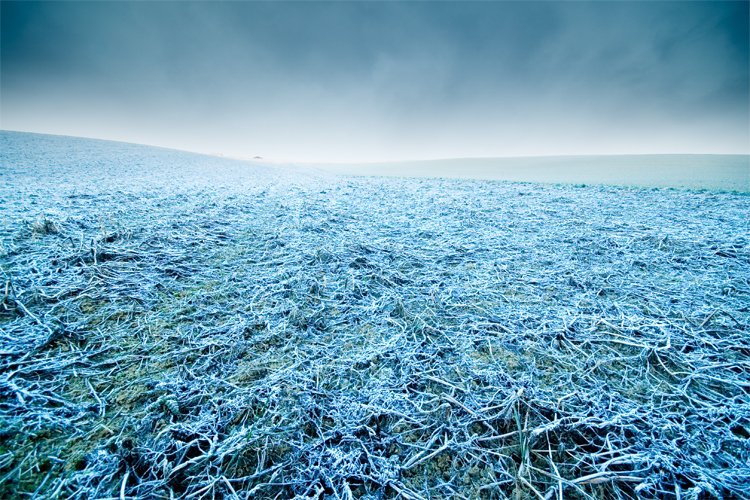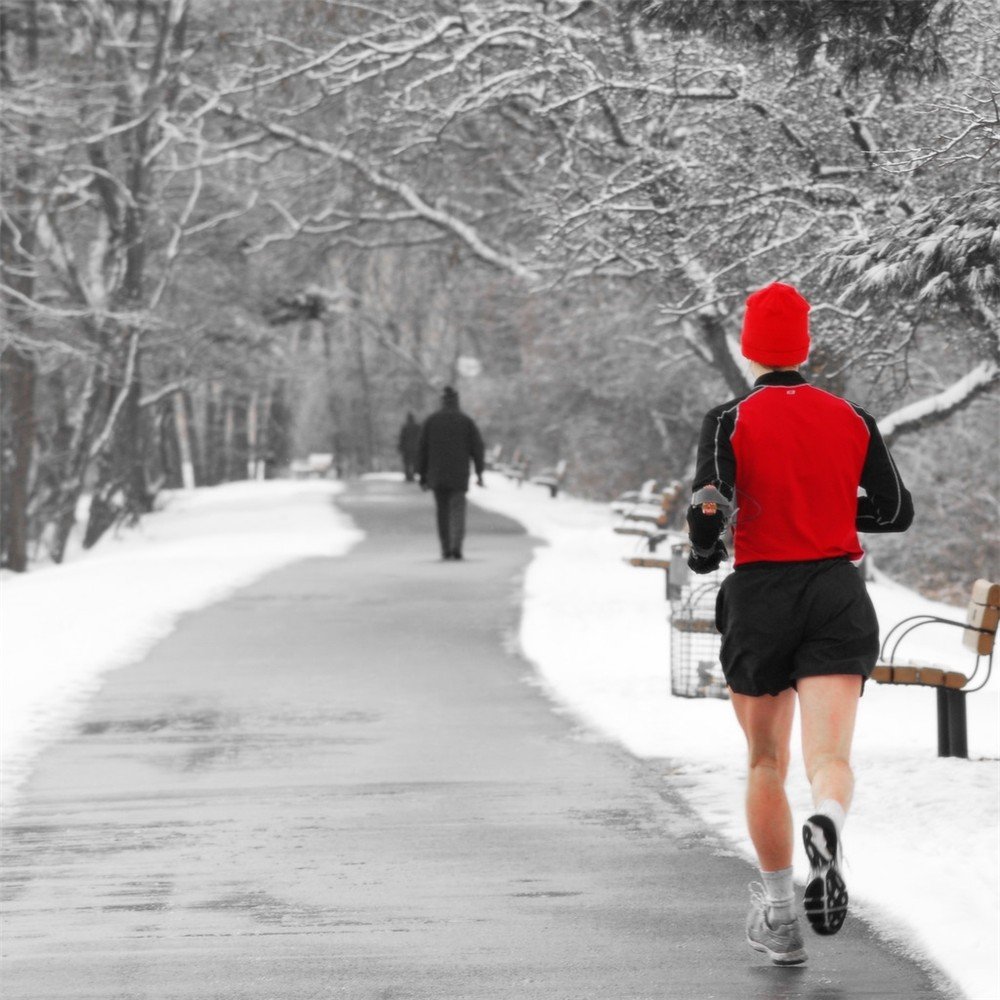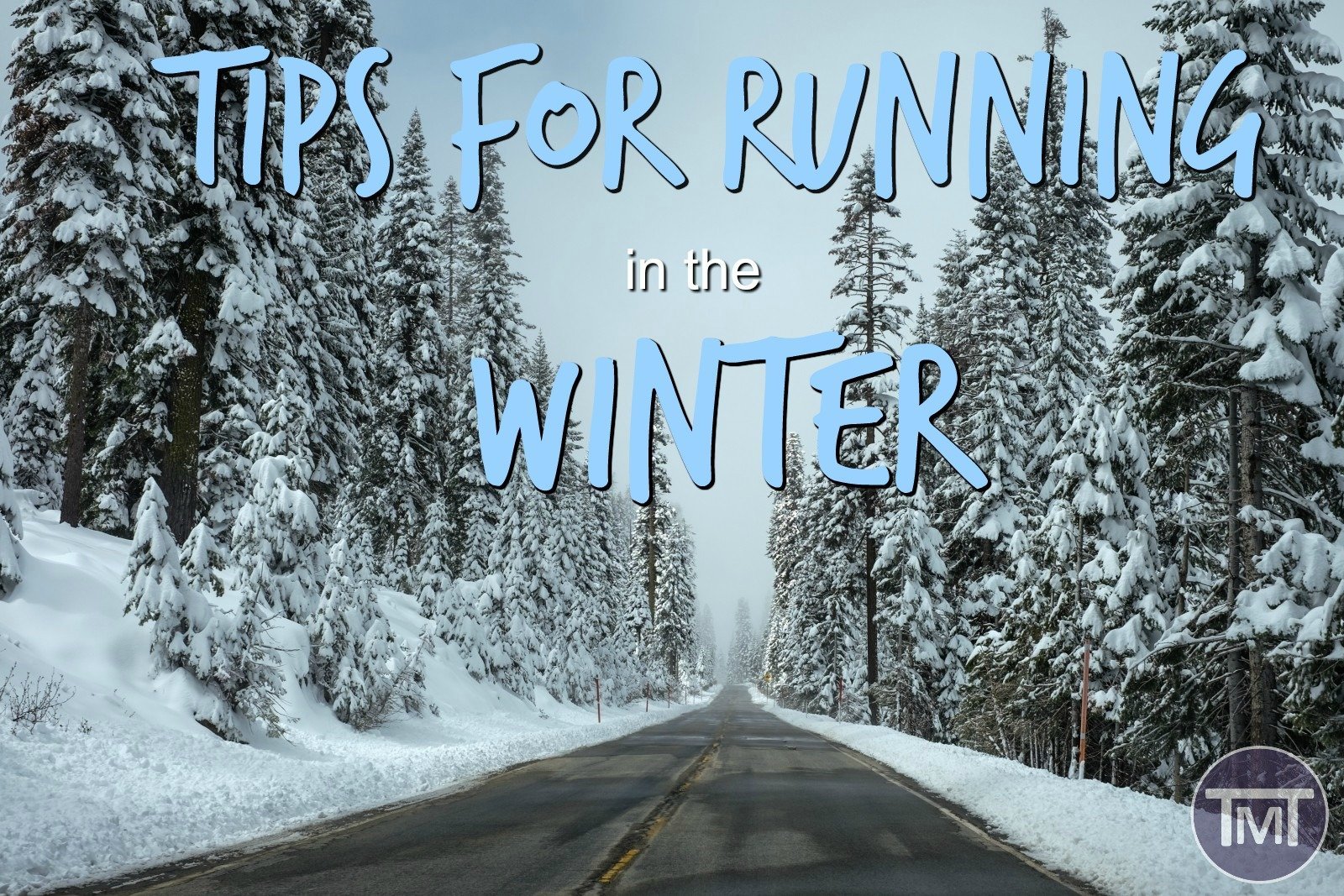This post may contain affiliate links, or we may earn money from the companies mentioned in this post. For more information on this, please visit our legal page.
 Running in the winter can be beautiful, scenic and at times better than running in the summer but you have to be prepared, stock up and know the harsh realities out there.
Running in the winter can be beautiful, scenic and at times better than running in the summer but you have to be prepared, stock up and know the harsh realities out there.
As someone who was incredibly under-prepared for her first winter running season and with the temperature rapidly dropping (it is the UK after all) I thought I would impart my not so infinite wisdom on how to beat the winter and get the most from your runs! I am by no means an expert but you definitely need to learn from my mistakes, remember to take everything that you need and that way you can still make progress regardless of the weather!
1. Take Water
I am not one who takes water on short runs (under 60 mins) but when the air is cold (you know the crisp thin feeling) I find it dries out your mouth and makes you feel every breath in your chest. On really frosty mornings I take tap water (room temperature) which helps to defrost you a little and keeps everything a little less painful with your breathing and doesn’t hurt your chest.
2. Avoid off-road trails (especially in the dark)
Off road is great for training but in the dark they are incredibly hazardous and likely to cause you injury because they aren’t lit at all. What I’m talking about is the woods and bridleways that don’t have proper surfaces and during the winter these get extra slippery and covered by all of the wet moldy leaves or branches and this covers up protruding roots/stones and uneven ground surface. Also this reasoning stands for running these routes in the dark (at any time of the year) because aside from the horror movie safety concerns, if you can’t see the route, you are increasing your risk of injury. In summary, unless you are specifically training for winter trail running (or night trail running) it is not worth the safety risk, so keep off until spring arrives, plus it can be fun to mix up your route in the meantime.

Photo credit: A QUIVERFUL OF FOTOS via Visualhunt.com / CC BY
*if you are going to ignore this and go anyway make sure you wear proper trail shoes (they have better grip and support for the terrain) and take an extra illuminating torch to reduce the risk*
For info on the best kit to take, check out my Winter Running Kit Essentials!!
3. Stick to main roads when it snows
Snow doesn’t have to put a damper on your running efforts, if you are looking to do a proper training run (e.g. to improve or work hard) then stay on the main pathways near the main roads, it may be boring and a bit less scenic than you are used to but there is logic behind it. Most of the time during the snow, the roads are gritted or salted for safety and extra grip and this usually ends up thawing the snow on the pathways as well making them less slippery and easier to run on. Ultimately this reduces your risk of injury but it also helps to get you as fast as possible given the conditions to see actual running gains.
4. Field Running
Another alternative for running in the snow is field running which is something I stumbled upon accidentally. Running in the snow is a great workout on your legs and generally, the fields are left untouched and are flatter in the winter. If you are used to running off-road but want to avoid the trails (see above) then this is is a great alternative, you won’t be breaking any speed records so it is better for easier running days but watch out for potholes or uneven ground!

*NOTE: be sure to check ownership before you go running around the countryside – some land owners are not happy with people running in their fields (also it’s trespassing)*
5. Long runs
If (like me) you do running events at the beginning of the year then you need to do long training runs throughout winter and so far I find that the best time to do this is first thing in the morning, just as the sun is coming up. This is because there is enough light to see, but nothing has thawed yet so the ground is still crunchy and solid after the night-time freeze. Also, as you are running the temperature tends to rise and you can see the route and evaluate it easier as you go without worrying about it getting colder or losing more light!
The only downside I have found to this so far is that sometimes you come across icy patches that haven’t quite thawed out yet from overnight so you will still have to take care!

6. Rain
Dealing with rain in the winter is different from the summer, with the lowered temperature you can’t get away with running wet for ages and it leaves you more prone to catching a cold or illness. Always remember to…
- Dress appropriately – if you know it is going to rain then stock up because you will get ill being wet and cold for too long (you can always take layers off).
- Use your judgement – If you are 3 miles into a 10 mile run and its very cold and starts raining it is sensible to shorten the route (you can always go back out later and do another route once it has stopped) because staying wet and cold whilst running can send you into shock due to the different temperatures (internally and what not). If you’ve got a mile left then by all means soldier on if you can but don’t consider a failure if you have to turn back. A shortened run now is better than a week off with some horrible illness!
- Consider postponing – I am not one to shy away from a spell of rain BUT in the cold weather you increase the stress on your body, so to mix in the increased safety risk from running in heavy rain is definitely not worth it! Do a bit of indoor training instead (e.g. strength training, conditioning or HIIT).
*NOTE: you can probably get away with light rain but I am talking the downpours that usually ensue during winter*
7. Night-time running
Since a lot of your running will be done at night time (damn you shorter days!) there are things you should know about. As this has many points to it and is applicable all year round I have written a separate post on the subject entitled “The Dos and Don’ts of Running in the Dark” which should give you all the extra info and tips you need! If you haven’t already then also take a look at the Winter Running Kit Essentials for everything you need in your wardrobe and your arsenal to survive the winter.
*All of these tips are from my own experience – always check your weather conditions and be cautious when dealing with hazardous weather. Mother nature is beautiful but brutal!*
You may also be interested in these Pinterest Boards
9 comments on “Tips For Running In The Winter”
Comments are closed.
 Running in the winter can be beautiful, scenic and at times better than running in the summer but you have to be prepared, stock up and know the harsh realities out there.
Running in the winter can be beautiful, scenic and at times better than running in the summer but you have to be prepared, stock up and know the harsh realities out there.
Good tips! Running hills is my favorite one. Your sharing is useful for me. Thanks!
Some great tips, thanks for sharing! I don’t much like running in the cold although I do warm up quickly, it’s those first few minutes that put me off! I do need to invest in some proper running wear for winter.
Great tips. I am a runner and find winter a bit harder to run with it being colder and less motivation. Thanks for sharing on #justanotherlinky xx
These are great tips. I don’t run but I would love to have the confidence to do it one day!
Thank you for linking up with #justanotherlinky
I could not imagine running in the winter! So many people run in this town, all year round.
Great tips especially since winter is coming! Sometimes it’s hard to get motivated when its cold but this makes me excited 🙂 Thanks for sharing!
I know exactly how you feel! but hopefully it makes winter running a tad more bearable :p